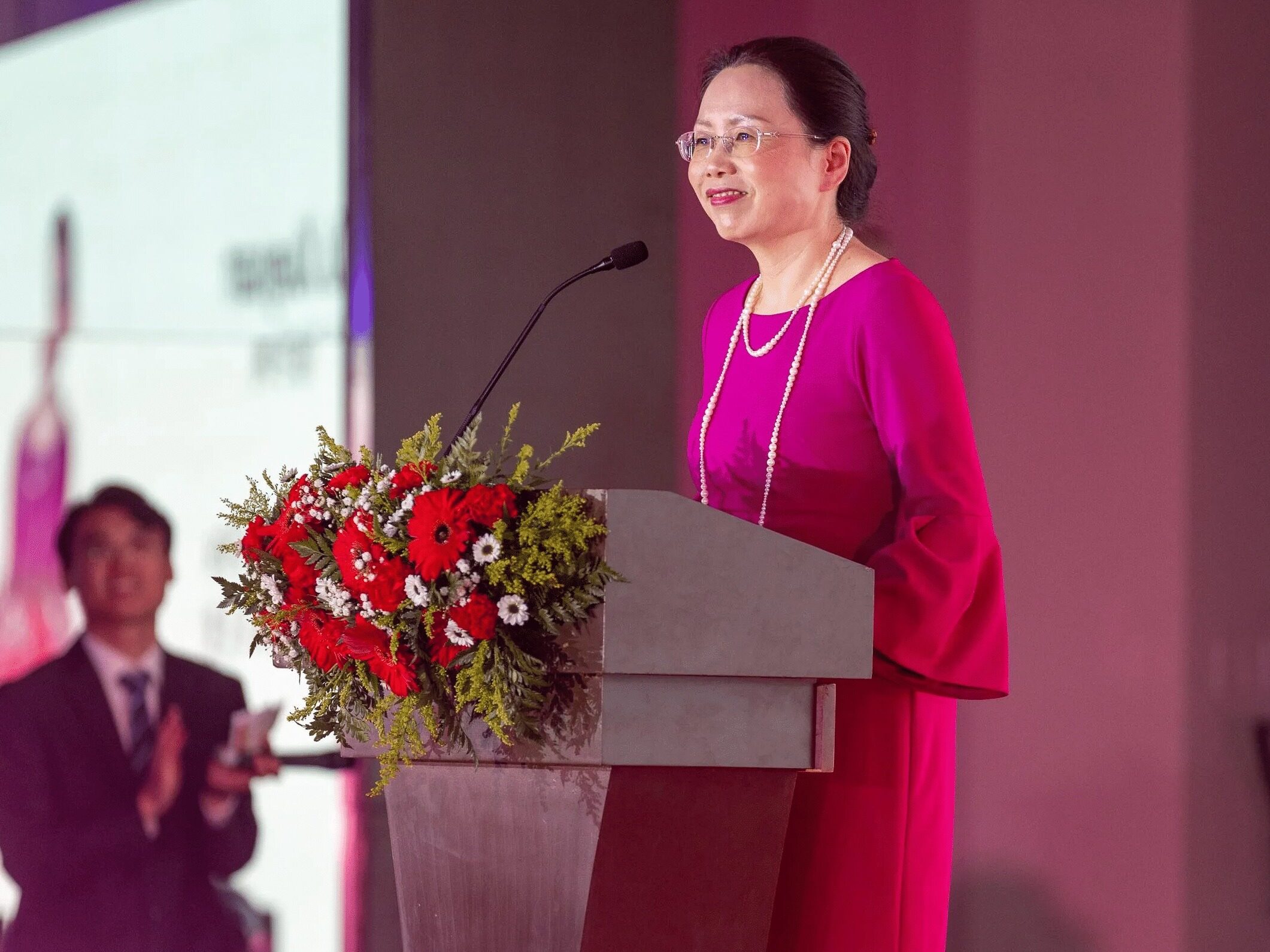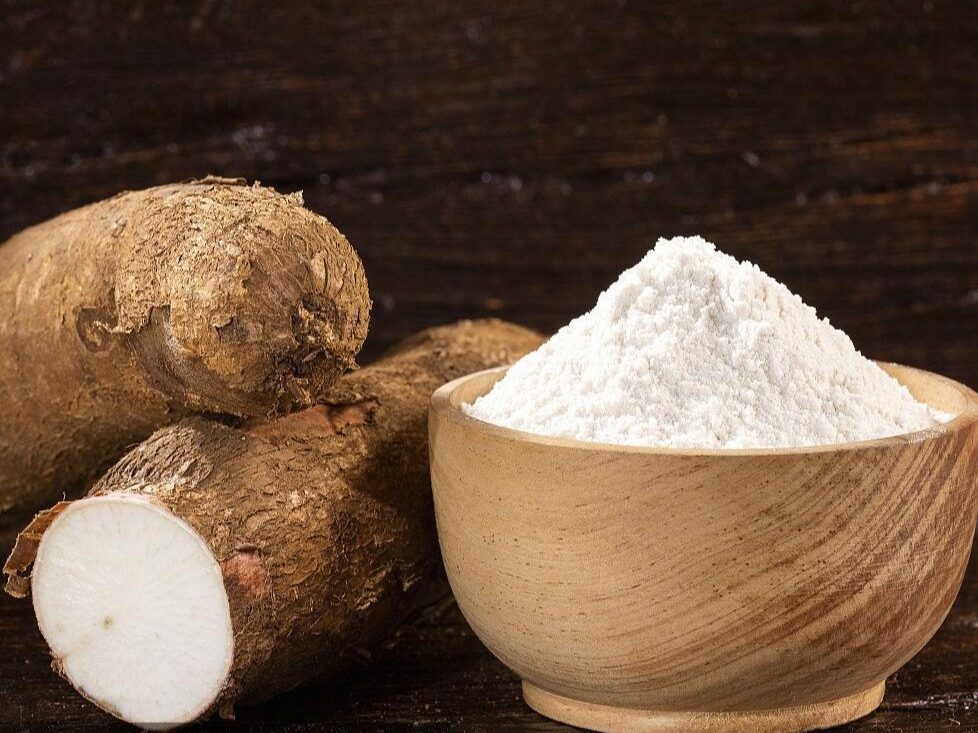- The architecture of the Tang and Song Dynasties has not been renovated or leaked for thousands of years

In summer, typhoons and rain are more god-like than love, and they always strike suddenly, which makes people unexpected. What's worse is that after the crackling rain, many people worry about it: the outer wall of the small room is expected to start to seep again, and when I go back to the balcony after get off work, it must be wet. What is even more frightening is that the damp and moldy troubles follow one after another. The waterproof and moisture-proof problems of old buildings and old houses are even more difficult for people to avoid. This makes people think about how those ancient buildings that have stood for a century are waterproof?

600 years of waterproofing to see the Forbidden City
Most of the ancient traditional buildings used wood to make the skeleton, and the wood was easily corroded by water. With so much rain in summer in Beijing, how did the ancient craftsmen make the palace buildings waterproof and rainproof?
Looking down from above, look at the roof first.

The roof of the Forbidden City is full of golden glazed tiles. The glazed tiles have a layer of enamel on the surface, which is impervious to water leakage. Moreover, the slope on both sides of the roof ridge exceeds 60°, and the slope at the eaves is less than 30°. The steep slope is used to make the water fall rapidly, and then the inertia is used to rush out of the eaves. In addition to materials such as tiles, the craftsmanship of roof tiles is also very particular.
After the wooden frame of the house is set up, there are rafters on the purlins, and a layer of wooden boards should be laid on the rafters. This is called a look board. A mixture of clay and straw of ten to twenty centimeters should be spread on the watch board, which is called mud back. Finally, the tiles are laid, and the tiles are more than one layer, stacked on top of each other. Each layer can play the role of waterproof and heat preservation.
Next, let's look at the structural material of the building-wooden brackets.

Wooden support is an important load-bearing structure in ancient buildings. However, it is also afraid of the sun and rain. If rain enters through the cracks, it is easy to rot. Therefore, Chinese architecture has long used paint and tung oil on wood, which can both waterproof and reinforce. For high-level buildings, add a layer of hemp, paint several layers of ash, and finally paint. After this series of protective measures, the wooden pillars are solid.
Finally, talk about the drainage facilities of the Forbidden City.

The foundations of ancient buildings are soaked in rainwater for a long time and can easily collapse, so drainage is very important. The drainage system of the Forbidden City has two sets of light and dark systems. The light drainage is to drain into the surrounding river through various outlets and spouts; the dark drainage is to drain the water into the river through the underground drainage.
Forbidden City Palace Buildings The underground of the Forbidden City has criss-crossing drainage ditches, which are divided into the north-south trunk ditch, east-west branch lines, culverts, and ditch holes. Rainwater flows through the ditch and money holes on the ground, flows into the dark ditch, enters the east-west branch line in turn, and then converges to the north-south main ditch, flows into the inner Jinshui River, and finally merges into the moat.
Of course, the high terrain is also a reason. Beijing's terrain is high in the northwest and low in the southeast, and the Forbidden City has followed this trend. As a whole, the north is high and the south is low, ensuring that the water in the city enters the Jinshui River outside the city from north to south, and finally flows into the water storage and drainage system of the entire city.

Viewing the Waterproof of Jiangnan Folk Houses from the Ancient Villages
Jiangnan is rainy, hot and humid. In order to waterproof and moisture-proof houses, the ancients also worked hard.
One is the exterior wall. Use permanent brick walls that are not afraid of flooding, and white lime on the outside of the bricks. In this way, it can not only prevent moisture and insects, but also set against the green environment of the water system, forming a kind of elegant beauty, which is the white walls and black tiles that everyone sees, small bridges and flowing water.

The second is that the "four waters return to the church" style is mostly adopted in house structure. With the traditional "room" as the basic unit, most houses are odd-numbered, usually three or five. Each room is 3 to 4 meters wide, the walls of the living room are high, the openings are large, and the front and rear doors are open to facilitate ventilation. The bottom of the wall is often laid with rubble, and the indoor floor is also covered with slate. Generally, the bottom layer is a brick structure, and the upper layer is a wooden structure. Most people live upstairs. The individual buildings are connected by corridors, and together with the courtyard walls, they form a closed courtyard. In order to facilitate ventilation, leaky windows are often opened on the courtyard walls, and the houses are also opened front and rear.

The third is the drainage channel, making full use of the dense river network in the south of the Yangtze River, forming streets with rivers, connecting streets and bridges, and building houses along the river. For example, the ancient town of Tongli, surrounded by water, is divided into 7 islands by 15 rivers and connected by 49 bridges. Every family in the town is near the water, and every family is in a boat. There are row upon row of houses in Ming and Qing dynasties. The ancient town Zhouzhuang waterway can directly lead to the house, and the owner can board the boat without leaving home. In Lu Village, Yixian County, Anhui, which is backed by mountains and rivers, the houses are built by the stream. The stream runs through the village from top to bottom and merges into the river outside the village to the south of the village.

It is not difficult to see that our ancestors have accumulated rich experience in building waterproofing in practice, and formed "reliance on rowing, supplemented by prevention", "multiple fortifications, both rigid and flexible", "adapted to local conditions, local selection of materials" And other architectural waterproof design concepts, coupled with strict selection of materials, strict control of construction quality, the building will not leak for hundreds of years after completion. It is a miracle that the buildings of Tang, Song and Liao Dynasty have not been renovated or leaked for thousands of years. Editor/He Yuting
Comment
 Praise
Praise
 Collect
Collect
 Comment
Comment
 Search
Search














Write something~